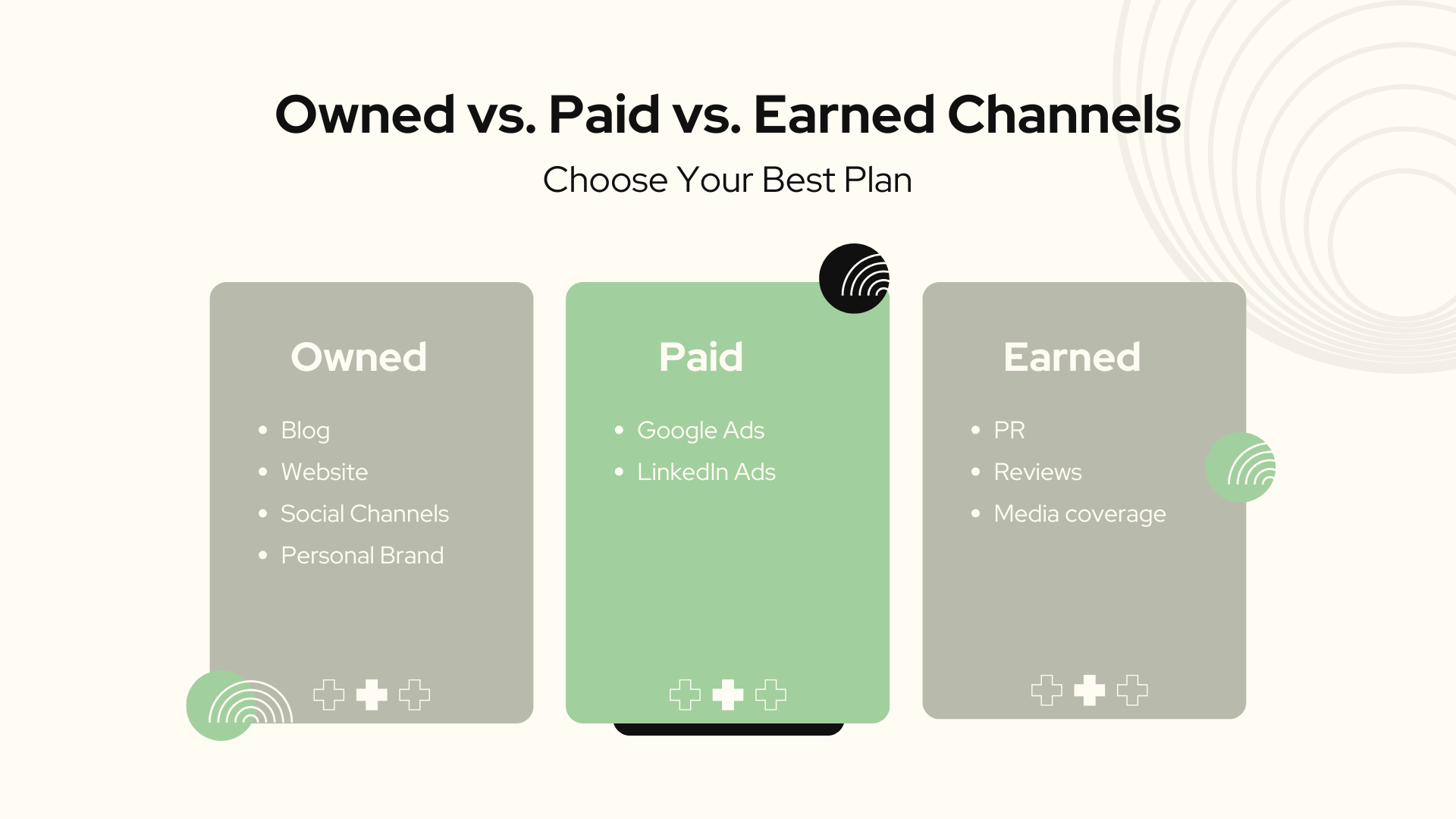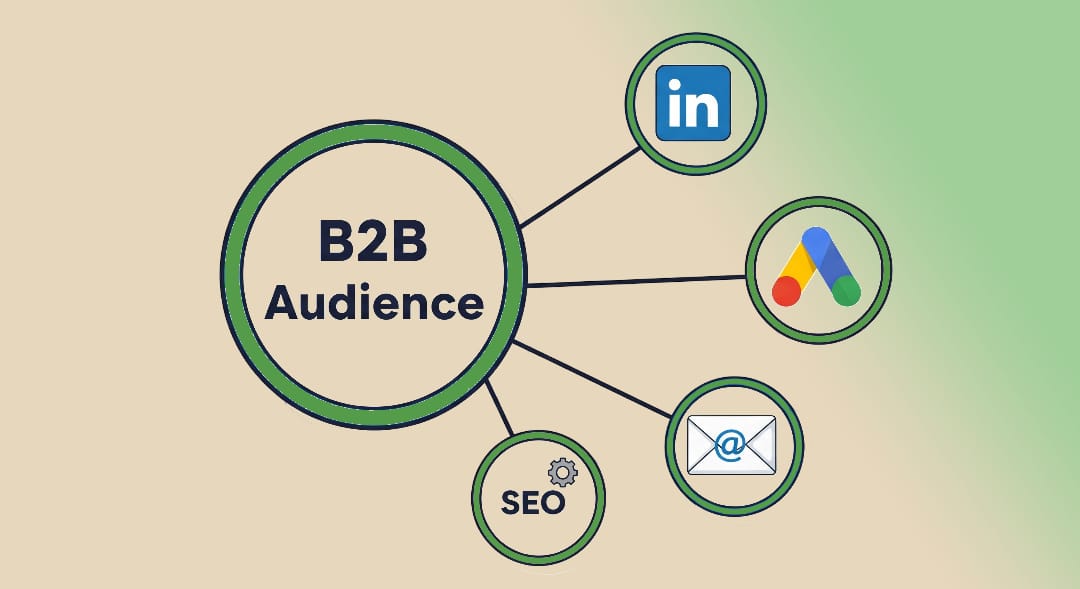In the complex world of B2B marketing, one of the most critical decisions you'll make is where to invest your time and budget. With dozens of options available, choosing the right B2B marketing channel can feel overwhelming. The truth is, there is no single "best" channel for everyone. The optimal choice depends entirely on your specific industry, your ideal customer profile (ICP), and your business goals. Investing in the wrong platform can lead to wasted resources and frustratingly slow growth.
This guide will walk you through the most powerful B2B marketing channels available today. We’ll break down the pros and cons of each, helping you develop a multi-channel strategy that delivers qualified leads and a measurable return on investment. The goal is to move beyond a scattergun approach and build a targeted, effective marketing machine.
The Foundation: Know Your Audience Before You Choose
Before you can effectively select a B2B marketing channel, you must have an intimate understanding of your ideal customer. If you haven't already, take the time to build out a detailed Ideal Customer Profile. Ask yourself:
- Where do they work? (Industry, company size)
- What is their role? (Job title, seniority, responsibilities)
- Where do they go for information? (Industry publications, professional networks, forums)
- What are their biggest pain points? (The problems your product or service solves)
The answers to these questions are your compass. They will point you toward the channels where your audience is most active and receptive to your message.

Top B2B Marketing Channels to Consider
Let's explore the most effective channels for B2B companies in 2025. A strong strategy often involves a mix of these, working together to create a cohesive customer journey.
1. SEO and Content Marketing (The Long-Term Powerhouse)
Search Engine Optimization (SEO) is the process of optimizing your website to rank higher in search engine results for specific keywords. When a decision-maker at a target company searches for a solution to a problem, you want to be the first answer they find.
- Pros: Generates highly qualified, high-intent inbound leads. Builds long-term authority and brand trust. The cost per lead decreases significantly over time.
- Cons: It's a long-term investment; results are not immediate and can take 6-12 months. Requires consistent effort in creating high-quality content.
- Best for: Nearly all B2B companies, especially those with a longer sales cycle where education is key. Our own B2B SaaS Lead Generation Strategy relies heavily on this channel.
2. LinkedIn (The Professional Networking Hub)
LinkedIn is the undisputed king of B2B social media. It offers a powerful suite of tools for both organic marketing and paid advertising, allowing you to target users by job title, company, industry, and seniority with unmatched precision.
- Pros: Unparalleled targeting capabilities. High-quality audience in a professional mindset. Excellent for building relationships and thought leadership.
- Cons: Advertising (LinkedIn Ads) can be expensive compared to other platforms. Organic reach requires consistent, high-value engagement.
- Best for: Companies targeting specific professional roles, high-ticket service providers, and B2B SaaS.
3. Google Ads (The Intent Catcher)
While SEO targets organic search, Google Ads allows you to pay for top placement on the search results page. This is the perfect B2B marketing channel for capturing high-intent leads who are actively searching for a solution right now.
- Pros: Delivers immediate results. You can target very specific, long-tail keywords that indicate a user is ready to buy. Highly measurable ROI.
- Cons: Can be very competitive and expensive. Requires ongoing management and optimization to be profitable.
- Best for: Companies with a clear, high-value offering and a need for immediate lead flow.
4. Account-Based Marketing (ABM) (The Hyper-Targeted Approach)
ABM flips the traditional marketing funnel on its head. Instead of casting a wide net, you identify a small list of high-value target accounts and treat each one as a market of one. This involves creating highly personalized campaigns that speak directly to the specific needs of that company.
- Pros: Extremely high ROI potential. Aligns sales and marketing teams perfectly. Fosters strong relationships with key accounts.
- Cons: Very resource-intensive and not easily scalable. Requires sophisticated data and coordination.
- Best for: B2B companies with a high customer lifetime value (LTV) targeting enterprise-level clients.
Building Your Channel Mix
The most effective strategies rarely rely on a single B2B marketing channel. Start by choosing one or two primary channels where you are most confident your audience is active. Master them first. As you generate revenue and gather data, you can strategically expand into other channels. For example, use insights from your SEO efforts to inform your Google Ads campaigns.
Choosing the right marketing channels is a strategic decision that can define your company's growth trajectory. By starting with a deep understanding of your audience and methodically testing each platform, you can build a powerful engine for predictable revenue.
